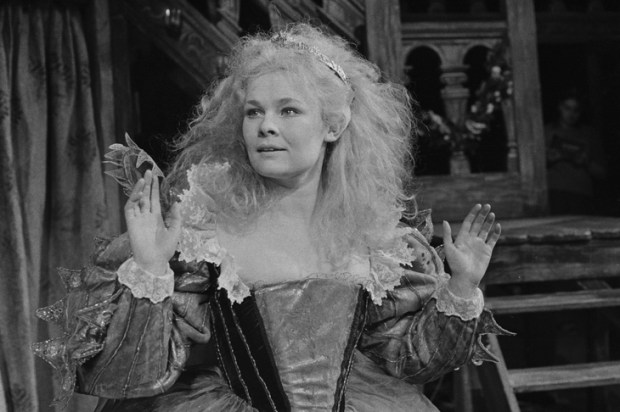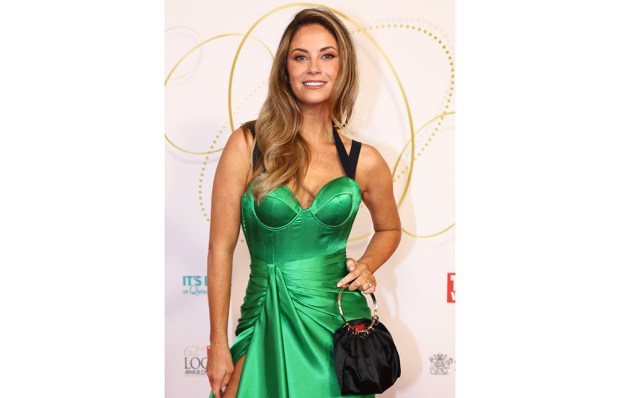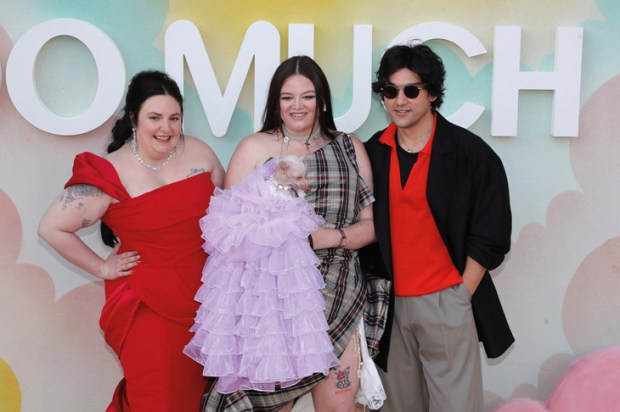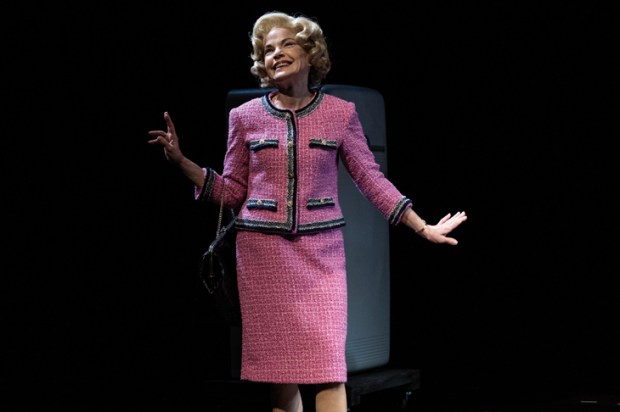Isn’t it extraordinary how the new-style, super-arty balletic circus has transformed the old child-delighting world of Heffalumps and daring young things on flying trapezes in a world where the romance of Africa had been assimilated to the old-style Sharman circuses with the smell and sparkle of what could captivate a young thrill-besotted child as it captivated us decades ago. Well, Cirque Bon Bon is some distance from the old jungle in a tent circus but in its own athletic and balletic way it continues to keep the kids gasping with delight in the confines of Melbourne’s Athenaeum Theatre where it had a lustrous three-day run.
The guiding genius of the show is Ash Jacks, late of Cirque Du Soleil. And my how the show packed in everything from feats with feet from the prodigious Shannen Michaela who can shoot arrows in this improbable way. And there were other dazzling complexities of contortion from Ashleigh Cooper who was a glow of jewel-laden magnificence as the music played in sync with his aerial dance splendours. But the meta-ballet of the new-style circus is all about ravishing partnerships and Cirque Bon Bon gave us this with bells on (and indeed every kind of accompanying acoustic glory).
It’s fascinating just at the moment with theatre classics revived on every side to look back on the famous versions we have on film. There are pretty obvious reasons why we might return to Billy Wilder’s Sunset Boulevard – with Sarah Brightman doing the Andrew Lloyd Webber musical on stage – and Elia Kazan’s Marlon Brando/Vivien Leigh A Streetcar Named Desire and the way the Kat Stewart/David Whiteley Who’s Afraid of Virginia Woolf? holds its own against the famous Burton/Taylor film version.
Well, recently it’s been instructive to have a look at some of the work of John Ford. What was it Orson Welles said? That he learned from the great American masters ‘that is to say, John Ford and John Ford and John Ford’. But that great director and cinematographer Warwick Thornton, the man who invented the very idiom of indigenous cinema said The Searchers worried him because of the way Natalie Wood is rescued from the Comanches. There had been the experience of watching a fascinating doco about Natalie Wood who mysteriously drowned when she was at the height of her powers and it seemed natural to turn to the most famous film she is associated with as a young actress (and the documentary brings out how much the star of West Side Story had been preceded by the child star who fed the family).
Well, The Searchers deserves its reputation as one of the greatest films ever made – revered by Martin Scorsese, revered wherever Westerns are not scorned – and John Ford (who would go on to make Cheyenne Autumn, his homage and elegy to the American Indians) does an extraordinary dialectical balancing act to indicate both the wholesome domestic feeling of the central white characters and the tremendous implacable devotion to vengeance in the John Wayne figure. The Searchers is like the animation of a lost world and Ford uses what looks like sentimentality and what looks like an undying racist hatred as elements in a saga of anger that would be Homeric if the wrath it takes as its theme were not such an original and terrible thing. And John Ford uses the achingly beautiful Monument Valley (which is not actually in Texas) as the archetypal place where all that is terrible has its enactment. He is every inch as much the savage as his primary antagonist Scar and it’s striking that Ford used as the Comanche chief Henry Brandon who Judith Anderson said was the greatest of the Jasons she destroyed as Medea.
The contrast between The Searchers (1956) and The Man Who Shot Liberty Valance (1962) is extraordinary. The latter is made in dappled and very beautifully modulated black and white and it has Jimmy Stewart as a white-haired senator and Vera Miles (in love with Jeffrey Hunter in The Searchers) as his wife. They come to mourn John Wayne who played a crucial role with Liberty Valance, the extraordinary sadistic gunslinger who provides the occasion for one of Lee Marvin’s greatest performances. It is a softer film than The Searchers, not least in its representation of a more humane John Wayne who although he preserves identical mannerisms is a much more kindly character (Wayne was like the old T.S. Eliot definition of a poem: he didn’t act, he was). But The Man Who Shot Liberty Valance is a beautiful piece of film-making, a luminous re-animation of good and evil in a tucked-away hick town that becomes the setting for a constantly surprising morality play of deep surprises and a glowing humanity.
It’s hard not to sympathise with the actor Joseph Gordon-Levitt who says he loves film even though he thinks it’s been declining since the Forties. Well, none one of these films are literally from the Forties – though the Brando/Kazan Streetcar stage version dates from 1947 – but you know what he means.
The truth of the matter is that the great films of a particular era come to seem to characterise it so that it lives in the memory as an ideal embodiment of its time. So we think of the Sixties through the mirror of 8½, and the Fifties through Some Like It Hot.
Tennessee Williams who dominated the theatre and its cinematic translation from the mid-Forties to the mid-Sixties said – a bit surprisingly – that the two influences on his work were D.H. Lawrence and Chekhov. Well, okay, D.H. Lawrence for the myriad faces of desire, but Chekhov? Did he mean the way his characters, like those of the great Russian dramatist, give the soliloquies that sum up a life’s experience when they are apparently engaged in dialogue?
Joanna Murray-Smith is adapting Chekhov’s Uncle Vanya for Sydney’s Ensemble Theatre. Somehow with Chekhov it’s the music between words that works its magic.
Magic was central to Shannen Doherty who died the other week of breast cancer at only 53. As much as John Wayne she was a natural-born star.
She was a riveting presence in Beverly Hills 90210 and the most charismatic of those white witch sisters in Charmed. She admitted to being ornery but she had a dazzling presence and authority. May the earth lie light on her.
Got something to add? Join the discussion and comment below.
You might disagree with half of it, but you’ll enjoy reading all of it. Try your first month for free, then just $2 a week for the remainder of your first year.













